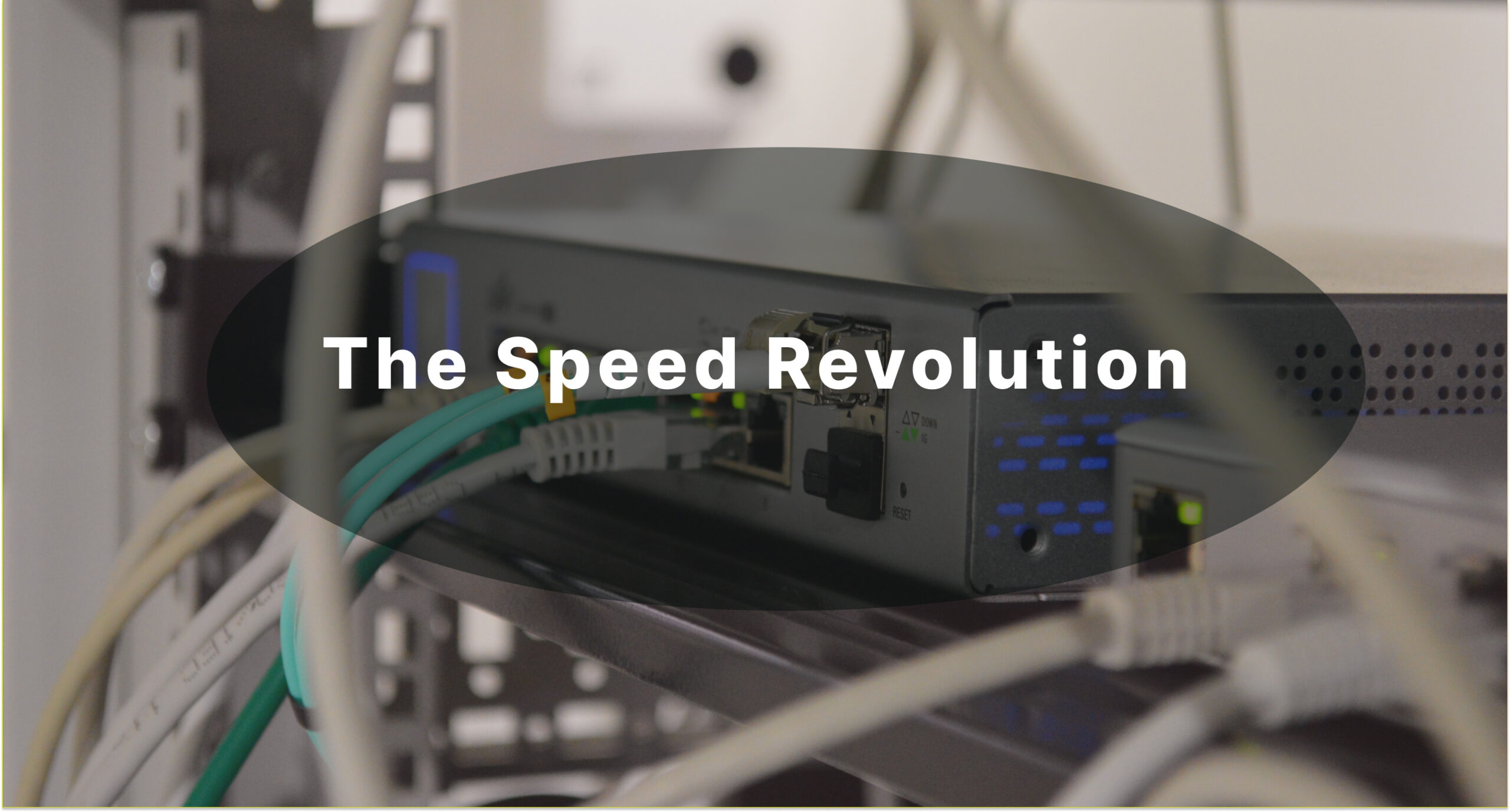FTTH and the Digital Lifestyle:
FTTH (Fiber-to-the-Home) refers to the deployment of fiber optic cables directly to individual residences or buildings, enabling high-speed internet connectivity and other digital services. The availability of FTTH has a significant impact on the digital lifestyle of individuals and communities. Here are some key aspects of how FTTH enhances the digital lifestyle:
1. Ultra-fast Internet Speeds: FTTH offers blazing-fast internet speeds compared to traditional broadband technologies like DSL or cable. With fiber optics’ capacity for high bandwidth, users can enjoy seamless online experiences, including streaming high-definition videos, online gaming, video conferencing, and downloading large files in seconds.
2. Uninterrupted Streaming: Fiber-optic connections eliminate buffering and latency issues, providing a smooth streaming experience. FTTH enables households to stream high-quality content from popular platforms like Netflix, YouTube, or Amazon Prime Video without interruptions, even when multiple devices are connected simultaneously.
3. Enhanced Home Entertainment: With FTTH, households can enjoy a range of digital entertainment options. They can access a wide variety of streaming services, subscribe to online music platforms, and engage in online gaming with low latency. The ultra-fast speeds also enable the use of smart home devices, such as smart TVs, streaming media players, and voice-controlled virtual assistants, enhancing the overall entertainment experience.
4. Remote Work and Telecommuting: FTTH is essential for the growing trend of remote work and telecommuting. It ensures a reliable and high-speed internet connection, allowing individuals to work efficiently from home. With FTTH, professionals can participate in virtual meetings, collaborate on cloud-based platforms, access corporate networks securely, and utilize video conferencing tools without disruptions.
5. Online Education: FTTH plays a vital role in enabling online education and e-learning initiatives. With fiber-optic connectivity, students can attend virtual classes, access digital learning resources, participate in interactive discussions, and submit assignments seamlessly. FTTH supports the use of video-based educational platforms, virtual classrooms, and remote learning tools, fostering continuous and uninterrupted learning experiences.
6. Cloud Services and Storage: FTTH’s fast upload and download speeds facilitate efficient usage of cloud services and storage. Users can easily back up data, access cloud-based applications, and collaborate on shared documents and projects. This convenience allows individuals to store, share, and access their digital files from anywhere, contributing to a more connected and organized digital lifestyle.
7. Internet of Things (IoT) Integration: As the IoT ecosystem expands, FTTH provides a robust foundation for connecting smart devices in homes. With fiber-optic connectivity, individuals can seamlessly control and monitor various IoT devices, such as smart thermostats, security systems, lighting systems, and home automation solutions. FTTH’s low latency and high bandwidth support the efficient functioning of interconnected devices, creating a smarter and more convenient living environment.
#FibertoHome #FTTH #high-speedinternet, #residentialconnectivity, #fiberopticbroadband

